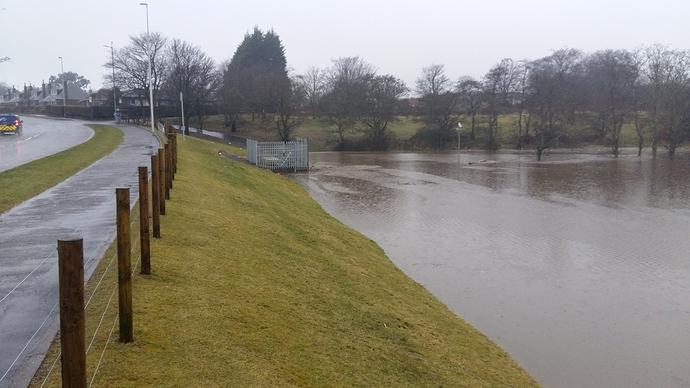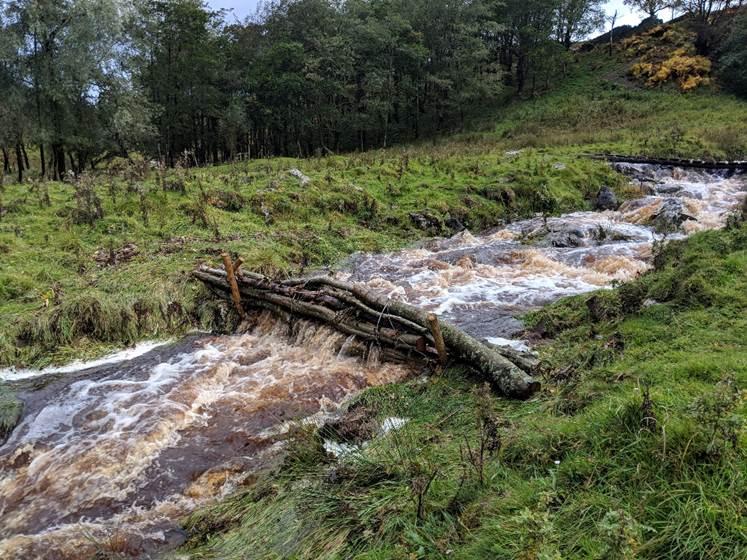This will be focused on using Machine Learning techniques to build a classifier that uses images (/from Video) to sense observations. The first prototype will be on Gullies - using cameras to observe gullies to discover if they are blocked or not.
The same/similar techniques can be applied to other use cases, for example, for reading an analogue gauge on the river to check its level (from the photos sent by Citizens).




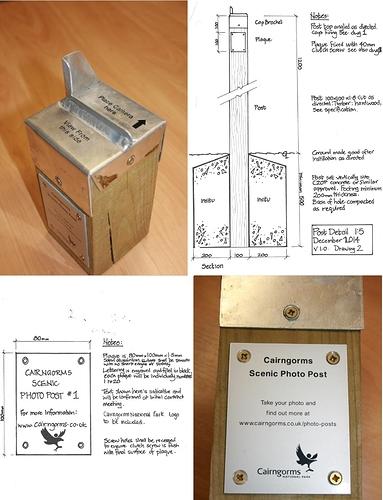


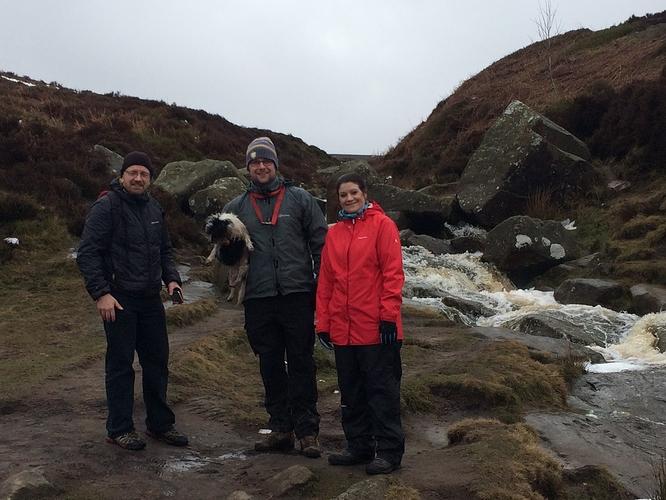

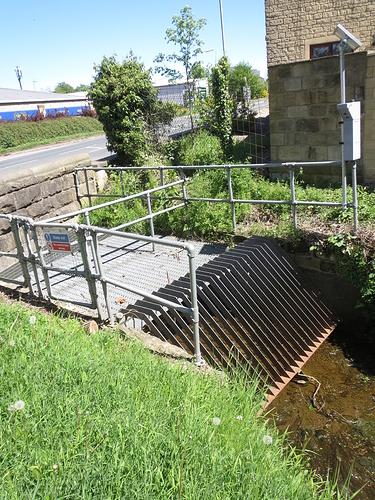
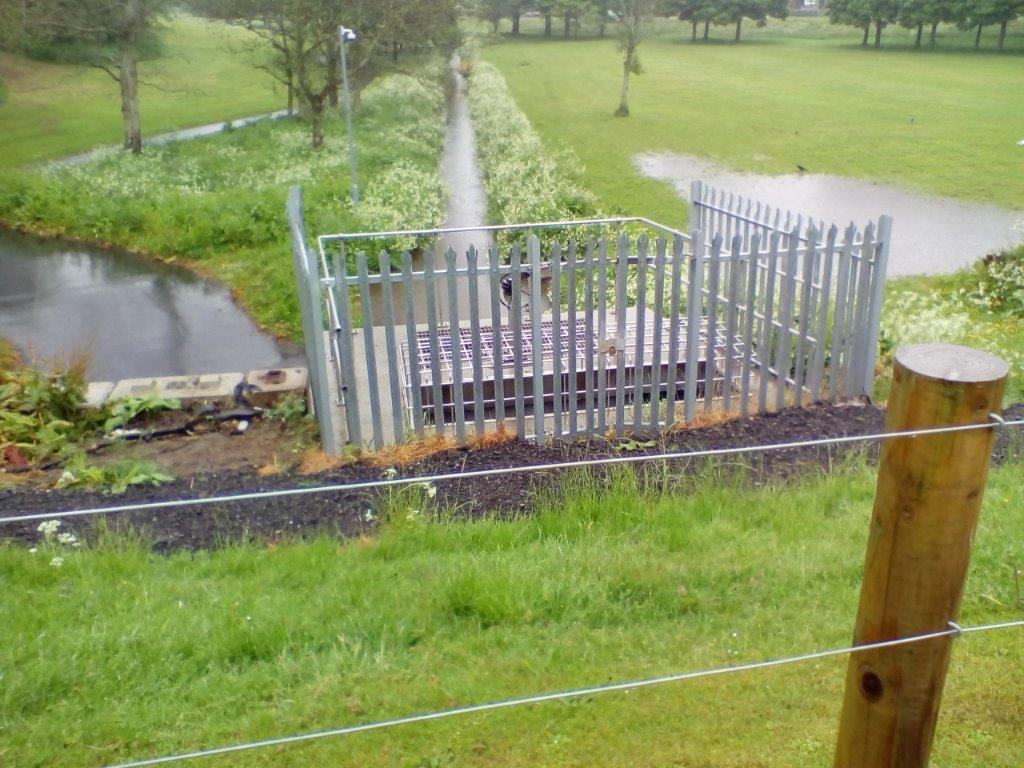
 )
) 